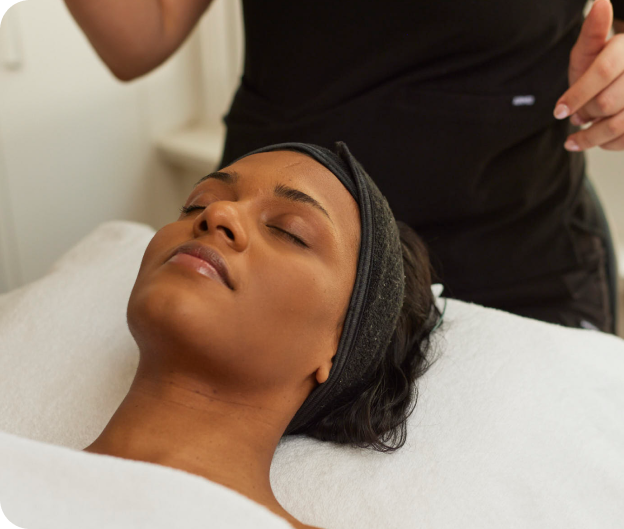With the cold weather we are seeing many more skin issues related to cold.
Chilblains are common at this time of year anyway, but with people spending time at home (and therefore possibly more time outdoors) we have seen ALOT more than any other winter.
Chilblains are red or purple plaques on the fingers and toes as a response to the cold. Chilblains may also occur on the nose, thighs heels and the ears. They can be itchy, painful or asymptomatic, and are categorized as a localized form of vasculitis. They occur several hours after exposure to cold.
Chilblains can be genetic and more common in those with diabetes, or cholesterol issues. Smoking and low body weight can be associated.
In rare cases Chilblains can be associated with lupus, so called chilblain lupus. Usually a sufferer would have other symptoms such as Raynauds or be generally unwell.
Treatment is usually with warming of the hands (wearing gloves, not staying too long in the cold). Topical steroids can improve the swelling and itch. Stopping smoking is important as nicotine constricts the blood vessels. Try to exercise in doors and make sure there are no draughts in the house.
Sometimes medication such as calcium channel blockers can be given.
Now COVID toes are rare, but can present in a similar way. So if you have ANY signs of COVID and these marks on the toes or fingers, please seek a COVID test.

Chilblains
